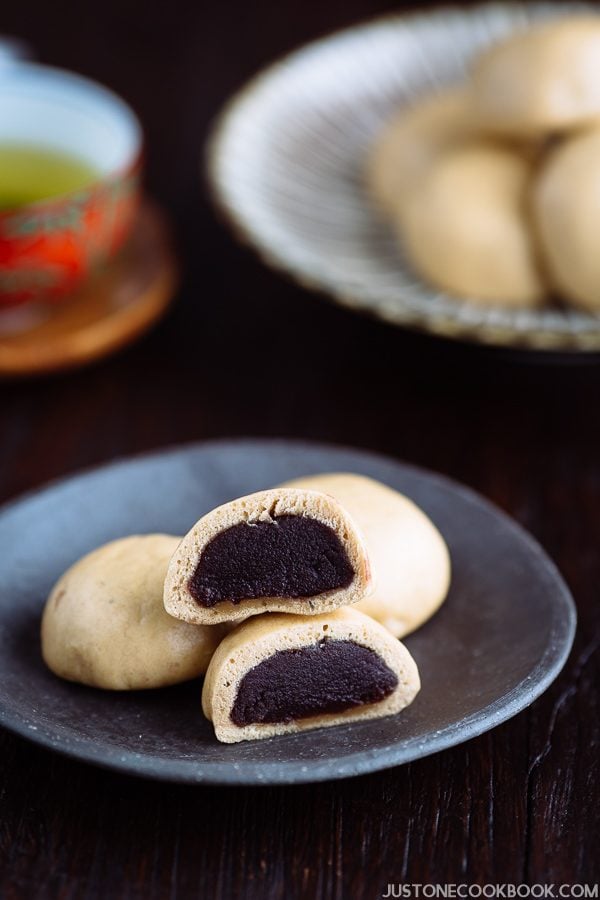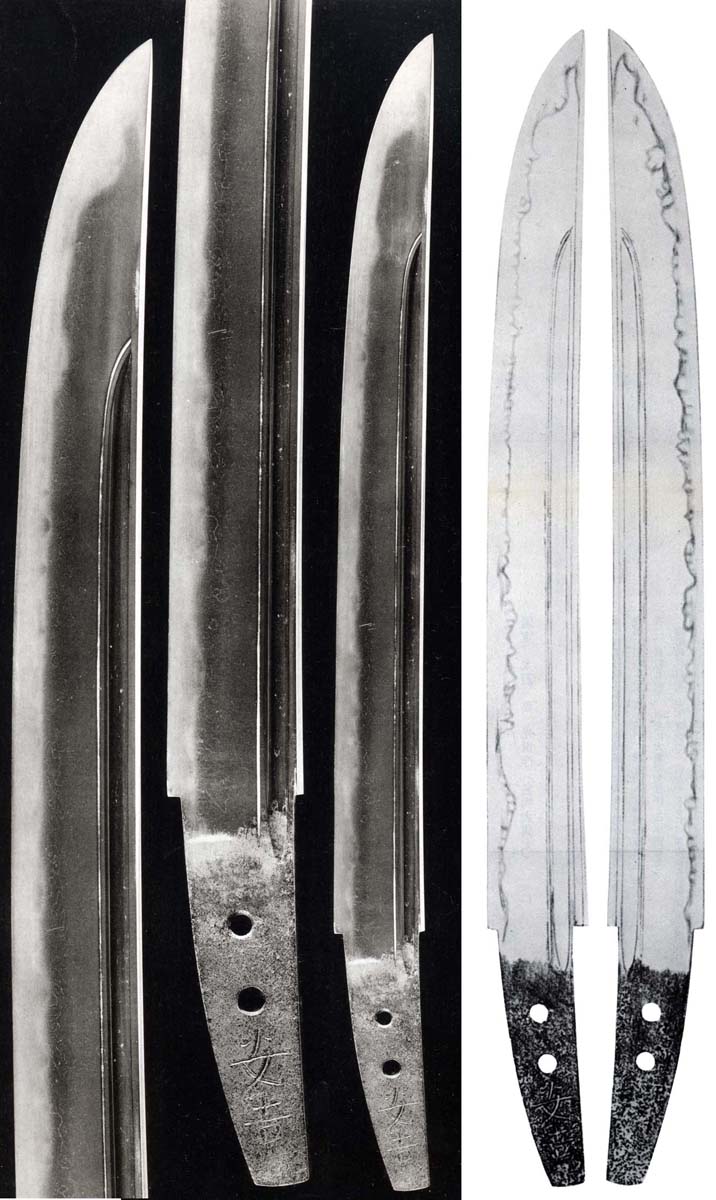

The KuriKinton Recipe KuriKinton Ingredients Kurikinton Ingredients for 4 people This is because of efforts to improve quality, the efficiency of processing, and the improvement of delivery technology to distant places.

In the Showa period, it spread throughout the country. But, nowadays, many of them have a long shelf life with the help of improving technology. However, due to their brilliant gold-like color, they can now eat this in the New Year as “food that brings good luck.”Īt first, it was a delicate item that you had to eat immediately after making it. Japanese originally considered chestnuts to be auspicious foods. On the other hand, it was around the Meiji era that the Kurikinton shaped like chestnuts covered with sweet bean paste appeared. Thus, they considered this method to be the “beginning of KuriKinton”. Since ancient times, locals harvested Ena chestnuts in the mountains of the Tono region, and they arranged the Japanese sweets so that they will last for a long time even after processing. The Tono region in Gifu Prefecture, centered on Nakatsugawa and Ena, is the “origin” of the latter “KuriKinton.” Moreover, in front of JR Nakatsugawa Station, there is also a stone monument locals call as “The Birthplace of KuriKinton.” It seems that sweets, which are the prototype of KuriKinton, have been enjoyed since the Edo period. Furthermore, Kurikinton has meanings such as game luck and money luck. You may find it difficult to eat them as they are quite sticky. As the color is yellowish-gold, it goes without saying that it represents a wish for wealth and a fruitful new year. Likewise, based on the image of a beautiful golden oval. KuriKinton is also referred to as a “golden dumpling” because of its appearance. Gardenia is often used to make the golden color more vivid. It is Japanese sweets with chestnuts covered with bean paste made from sweet potatoes. KuriKinton (栗きんとん) is one of Japan’s traditional confectionery that accompanies them throughout the New Year season. However, in literal translation, it means “golden dango (sweet dumpling) made of chestnuts.” What is KuriKinton? Kuri means chestnuts, and Kinton is written as “Golden Futon” in Kanji character. In English translation, they called it “sweet chestnuts”. KuriKinton is written in Chinese characters as “栗金団”.

Japanese do really have a way to their food so if you want to know more about KuriKinton, I will guide you through this article. KuriKinton (栗きんとん) is a traditional Japanese New Year’s dish consist of sprinkling whole chestnuts in a bean paste made from sweet potatoes. The test is frequently requested along with the serum creatinine test since simultaneous determination of these 2 compounds appears to aid in the differential diagnosis of prerenal, renal and postrenal hyperuremia.Are you a fan of eating something healthy but at the same time, sweet? Do you also believe that you can have a bite of autumn taste during New Year? Following Christmas, you can see the entire region of Japan preparing for the New Year, which includes setting up the kotatsu (table and blanket over an electric heater), securing the omochi (pounded rice cakes), and preparing to cook osechi ryori. The determination of serum BUN currently is the most widely used screening test for the evaluation of kidney function. Increased blood urea nitrogen (BUN) may be due to prerenal causes (cardiac decompensation, water depletion due to decreased intake and excessive loss, increased protein catabolism, and high protein diet), renal causes (acute glomerulonephritis, chronic nephritis, polycystic kidney disease, nephrosclerosis, and tubular necrosis), and postrenal causes (eg, all types of obstruction of the urinary tract, such as stones, enlarged prostate gland, tumors).

This is the most important catabolic pathway for eliminating excess nitrogen in the human body. The ammonia formed in this process is synthesized to urea in the liver. In protein catabolism, the proteins are broken down to amino acids and deaminated. Urea is the final degradation product of protein and amino acid metabolism.


 0 kommentar(er)
0 kommentar(er)
